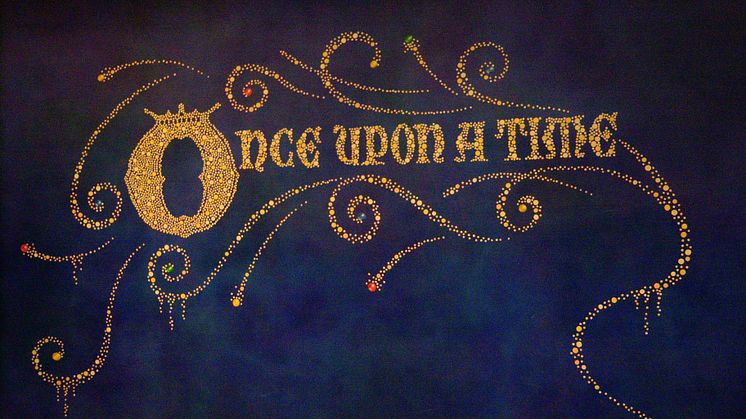
Blog post -
Highlights from the first Professional Copywriters' Network Conference
On 11th October London’s Haberdashers’ Hall played host to the first Professional Copywriters’ Network conference. Having attended multiple PR and marketing events I was unsure of what to expect and how this conference would differ.
Aside from it being incredibly refreshing to listen to speakers with a passion for words discuss issues relating to marketing and communications from a different perspective, there were a few points and discussions which stood out most...
What has science and numbers got to do with it?
In the words of Andy Maslen, a lifetime Fellow of the Institute of Direct Marketing and Managing Director of copywriting agency Sunfish, professional copywriting is essentially the art of “behaviour modification.” The key to successful content is to provoke the reader’s emotions whilst engaging with them on a personal level rather than as a collective group.
He explained that this fundamental law of good copywriting is deeply rooted in human psychology as the part of the human brain which processes emotions is also the centre of decision making according to neuroscientist Antonio Damasio. Therefore all content should be created with the aim of appealing to one of the six main human emotions which cut across cultures; anger, fear, sadness, joy, surprise, and disgust.
On a different note, it was interesting to hear that the Marmite of fonts, Courier, has been proven to be on average 20% more profitable than other fonts when used in direct mail campaigns. Although it is less than aesthetically pleasing to most and may clash with brand guidelines, it would seem it is worth experimenting with. He argued that this is again due to the way in which the human brain works and the ease with which it is to read.
Andy’s presentation also touched on the need for copywriters to prove their worth through measuring ROI and the constant testing of messages and techniques, a struggle which many if not all aspects of marketing and comms face too. He mentioned how undervalued A/B split testing is and how important it can be in really improving the effectiveness of your messaging.
“There are lots of people calling themselves creative who are actually mere stylists.”
With a major in advertising from the Pratt Institute in New York and having worked on Madison Avenue, Dave Trott the Chairman and Executive Creative Director at The Gate London filled his talk with old school wisdom on creativity which he feels is rarely practiced or has been forgotten.
According to Dave 89% of adverts are neither noticed nor remembered. He attributes this to a lack of creativity which William Bernbach once said, may well be “the last unfair advantage we’re legally allowed to take over our competitors.”
Dave suggests that in order to come up with creative ideas, you need to take a problem which your business faces and think about how to solve it using an “upstream approach.” In other words, try to solve a problem not by competing with your competitors using the same tactics and rehashing old ideas but focus on what your competitors aren’t doing. In his blog What aren’t they doing? Dave details how thinking upstream made David Geffen, the founder of Asylum Records and DreamWorks SKG, a billionaire.
From a PR perspective think of the number of brands who have used vending machines in stunts or those who tried to jump on the royal baby newsjacking bandwagon a few months ago. There are too many to count and I am sure very few, if any, stand out in your mind.
I hope PR practitioners take this advice on board too and strive to create unique campaigns or stunts rather than try to improve upon those brands have already tried out. As discussed in one of our other posts, Create a buzz on a budget, a little creativity can have huge payoffs even if you're working on a tight budget.
Is content really king?
Although many of the world’s leading brands have begun to adopt the integrated approach, bringing all aspects of marketing and communications together to produce campaigns with consistent and thus more powerful messaging, the majority of organisations seem to be failing to do so.
It was therefore unsurprising to hear that many copywriters struggle to make their voice heard at the beginning of the creative process, leaving them to fit their content into the campaign rather than building the campaign around the content.
Is this not where PR, marketing and copywriting should come together in order to create innovative and stronger campaigns to achieve our clients' objectives from the offset rather than try to fit the pieces of the puzzle together along the way?
However, if content is truly king as so many marketing gurus proclaim, then why does this remain such an issue?
Here is a link to a Storify of the Twitter activity from the PCN Conference 2013.




